We use it as a fruit. Technically, it’s a perennial vegetable. Old-time gardeners have it by the heap, but newbies might not know anything about it. We’re talking about rhubarb, one of the first-of-the-year edible joys of summer. Propagating rhubarb is an easy way to get a larger harvest.
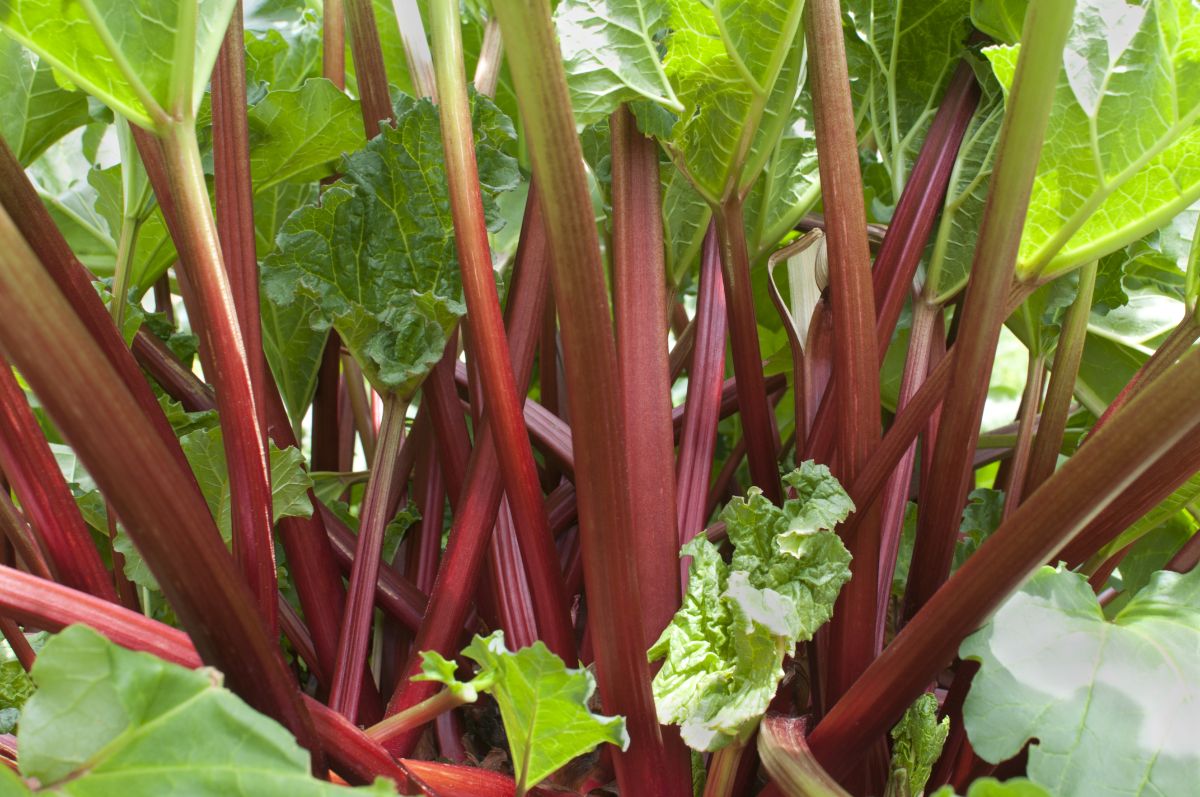
Rhubarb brings to mind tasty treats like rhubarb crisp and strawberry rhubarb pie. And while just those enticing desserts should be enough to get you interested, rhubarb is also used in jams, syrups, chutneys, and ice cream.

It is an ingredient in wines and cocktails and baked into loaves of bread like this tasty Cinnamon Rhubarb Bread recipe featured on the Today show.
Rhubarb also brings color and tartness to savory dishes like chicken and salmon.
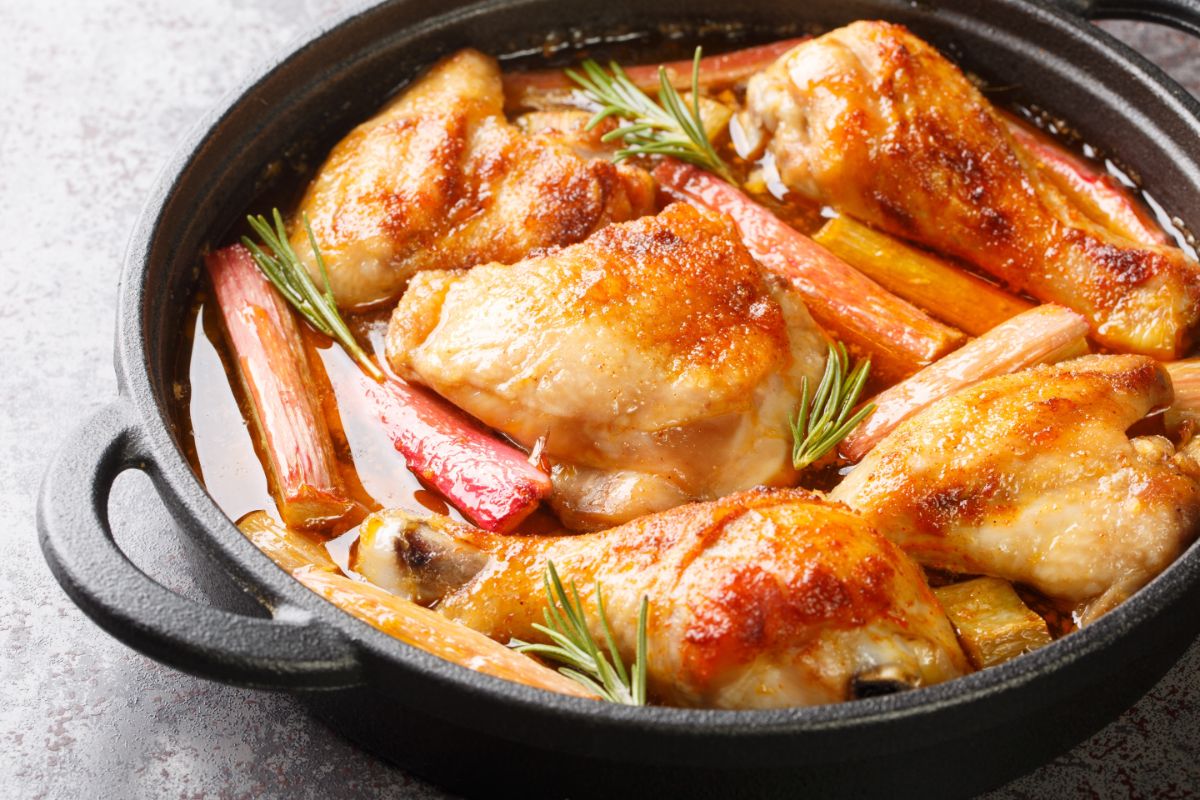
Besides culinary uses, it is one of those groovy, huge-leaved plants that adds street cred to your gardening chops without much work. Rhubarb is basically a set it and forget it kind of plant.
Even though the harvest is in early summer, this plant looks great in your garden all year. The wow factor of this statement plant–its enormous leaves, its grand stature–will make you a fan even if the tasty treats don’t. But they will.
Jump to:
The Mighty Rhubarb: A Little Background Info
Rheum rhabarbarum is the botanical name. It’s kind of fun to say. Try it over and over again and see if your friends think you are nuts. Does it sound like an old cartoon character clearing his throat, or maybe an old car failing to start? Rheumrhabarbarumrheumrhabarbarum. We’ll just call it rhubarb.
Rhubarb varieties are many. The exact number is unknown but may be close to one hundred. Rhubarb varieties are hard to identify and easy to cross.
Rhubarb grown from seed will be a new plant that will usually resemble the original but may be different in size, color, or texture. Some growers will harvest seed from a ‘known’ parent plant, grow it out and sell it as the original variety. In reality, it is a new individual type.
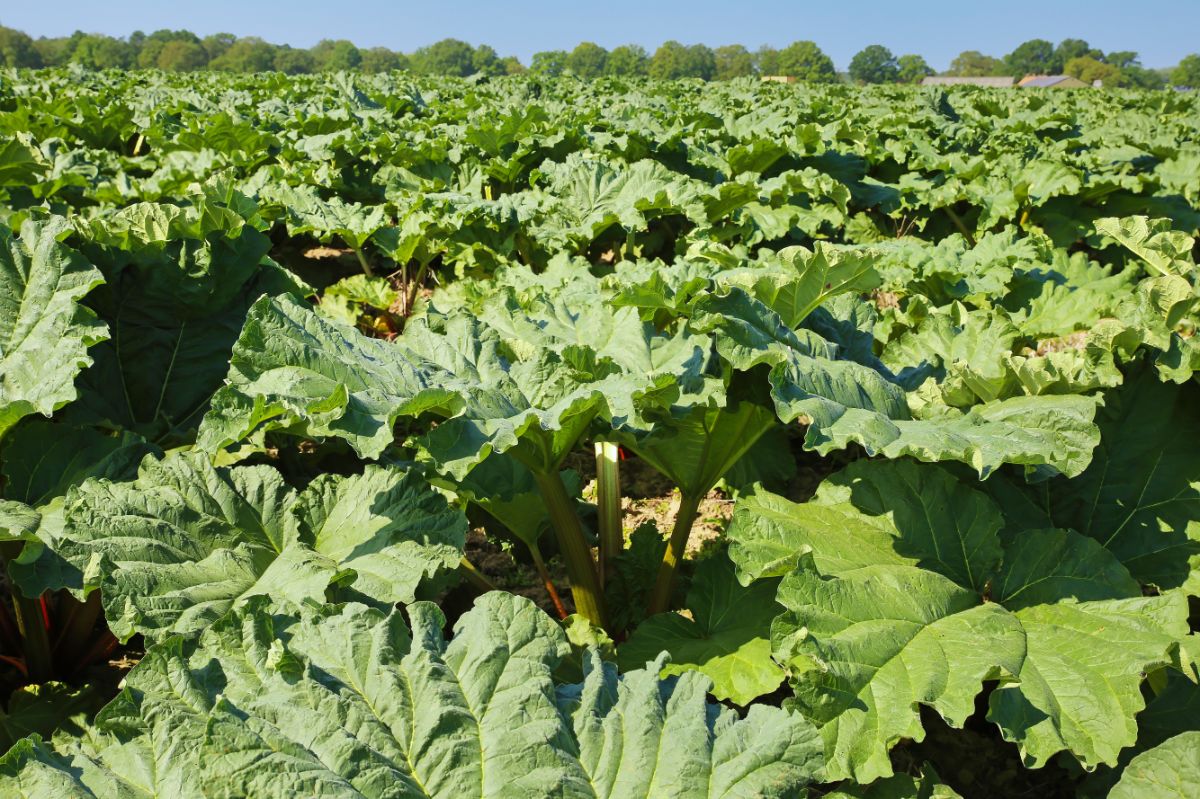
Root crown division and tissue cultivation (usually only done commercially) are the two ways to ensure a rhubarb offspring plant is identical to the parent.
Rhubarb colors are classified as red, green, or pink–also called speckled. Plants can range from small statured to giants five feet tall and even wider at the base.
Like many perennials with storage roots or crowns, rhubarb can benefit from division every few years. Not only will learning to divide your rhubarb keep it healthy, but you will end up with even more rhubarb plants to enjoy or give away.
Having an excess of rhubarb will make you a popular person in spring.
The Easy Way To Propagate Rhubarb
Home growers can quickly propagate an existing rhubarb plant by splitting the crown, also called division. Rhubarb living happily in your garden for a few years should easily be ready to divide.
How to Propagate Rhubarb by Root Division
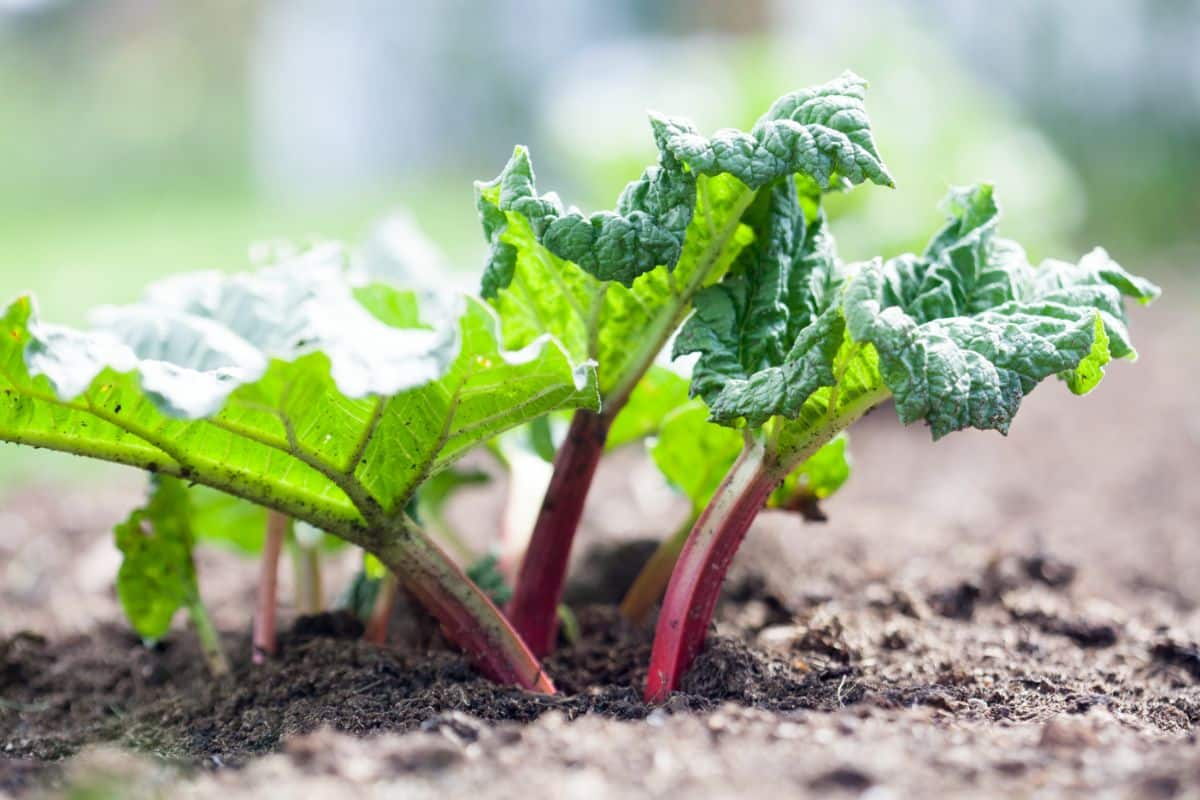
Propagating your rhubarb by division is easiest in spring when the spears of new shoots are only an inch tall. Splitting existing clumps in early spring makes it easy to see how many shoots each division will have. You can also divide rhubarb in the fall.
To Divide Your Rhubarb
Rhubarb has a crown and root ball that can be split into multiple new plants. Follow these simple steps to get started.
- Use a garden spade to carefully dig around your rhubarb, loosening the soil and the roots. Gently lift the entire root ball free.
Established plants may have a genuinely humongous root crown and storage roots. Start wide and take as big a bite as you can.
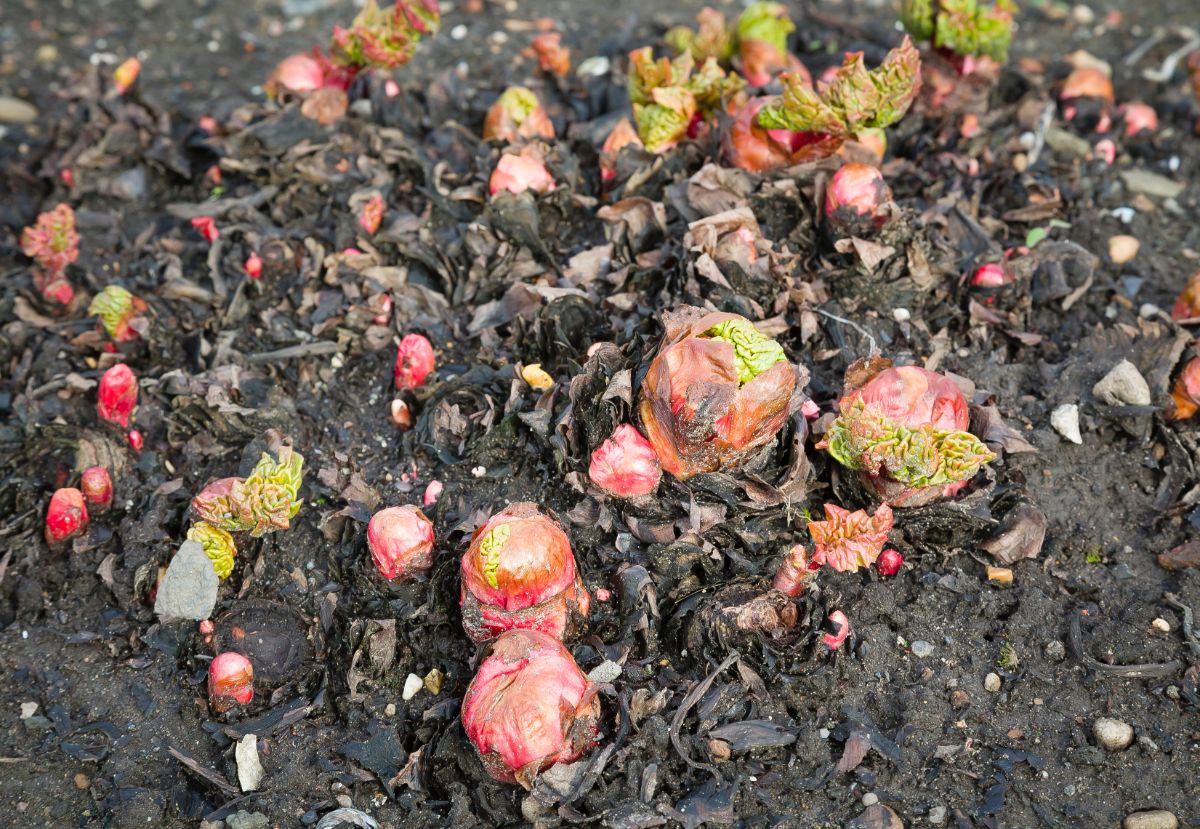
- Trim off any remaining brown and dead foliage. Getting the old stuff out of the way makes it easier to see what you are working with. Also, trim off any rotted pieces of root or old stem.
- Plan where to make your divisions. When you are done dividing, there should be 2-3 shoots for each new root crown piece.
- Sever the rhubarb crown with a knife, shears, or your garden spade. Take care not to break off the young shoots.
- Plant each divided root section in its new spot in your garden bed. Don’t bury the new plants too deeply. The root crown should be an inch or two below the surface. If shoots are already up, don’t rebury them. A healthy boost of compost will help them along.
- Give your new plants a good watering-in. Take your time to ensure the soil is watered deeply, not just at the surface. A small ring of soil or compost around the new plant can help hold the water in place until it seeps into the ground.
- Mulch around the new planting to keep the soil moisture high and prevent weeds. Young rhubarb doesn’t like to compete with grass.
How To Grow Rhubarb From Seed
Seeds are available online, or you can choose to save some from your or a friend’s plant. Don’t be intimidated–it germinates well. Rhubarb grown from seed will likely need an extra year before it is ready to harvest, but the super-cheap price is well worth the wait.
Plan ahead: rhubarb seeds should be started no later than 6-8 weeks before planting but can be started earlier if you have the space to grow them larger.
To get started:
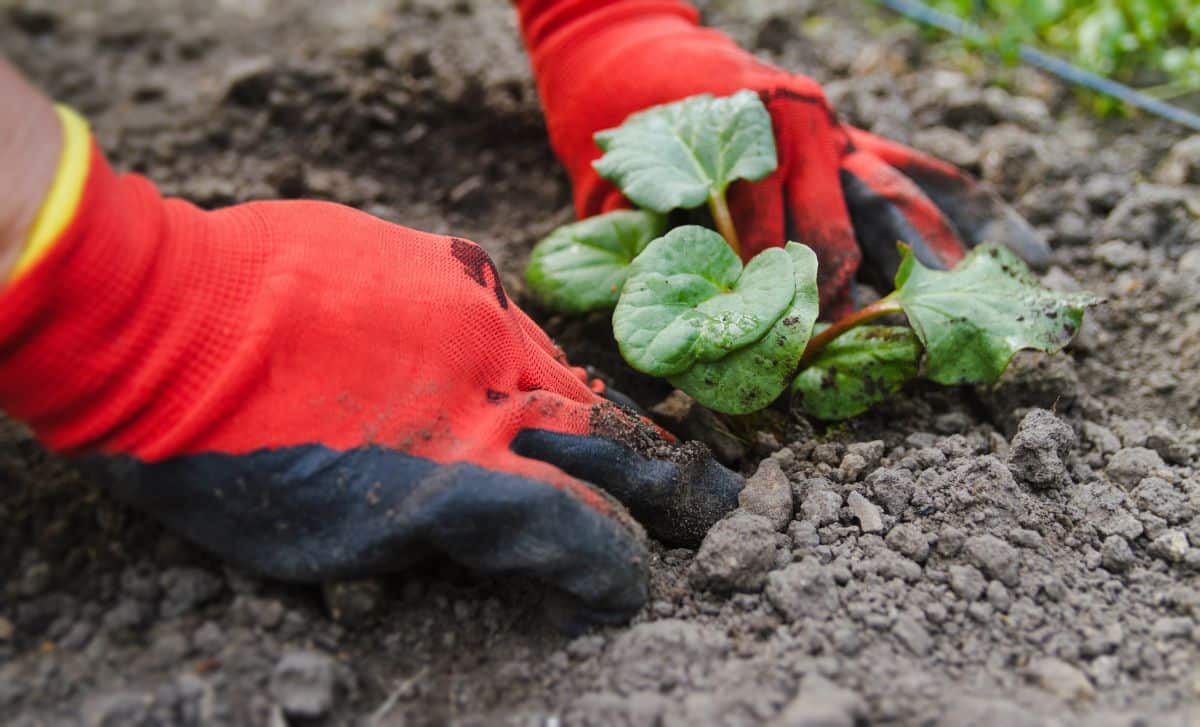
- Soak the seeds in a dish of lukewarm water for about 2 hours before planting.
- Plant rhubarb seeds in individual small pots. Use a seed starting mix that is well-drained. Add some perlite if your mix is a bit heavy. Your mixture should be damp or moist but not wet or soggy.
- Sow two seeds per cell about a quarter inch deep.
- Cover with a humidity dome or plastic wrap, and place in a bright, warm location.
- Once they have sprouted and their seed leaves have unfurled, place them where they will get at least six hours per day of light. More is better. Too little light will make them leggy and slow to grow.
- Thin to one seedling per pot. Just use a scissor to snip the other one off at the base to avoid disturbing the seedling roots.

If your seedlings start getting tall and thin, they need more light. Often, a sunny window is not sufficient. You may need to place them under a grow light. Position the grow light only a few inches above the seedlings. Of course, if you have a small greenhouse, you have it made.
Tips For Growing Happy Rhubarb Plants
Growing gorgeous rhubarb takes fertile soil, moisture, full sun, and that’s about it. Read on for tips on soil, sun, and pesky deer.
Sunlight
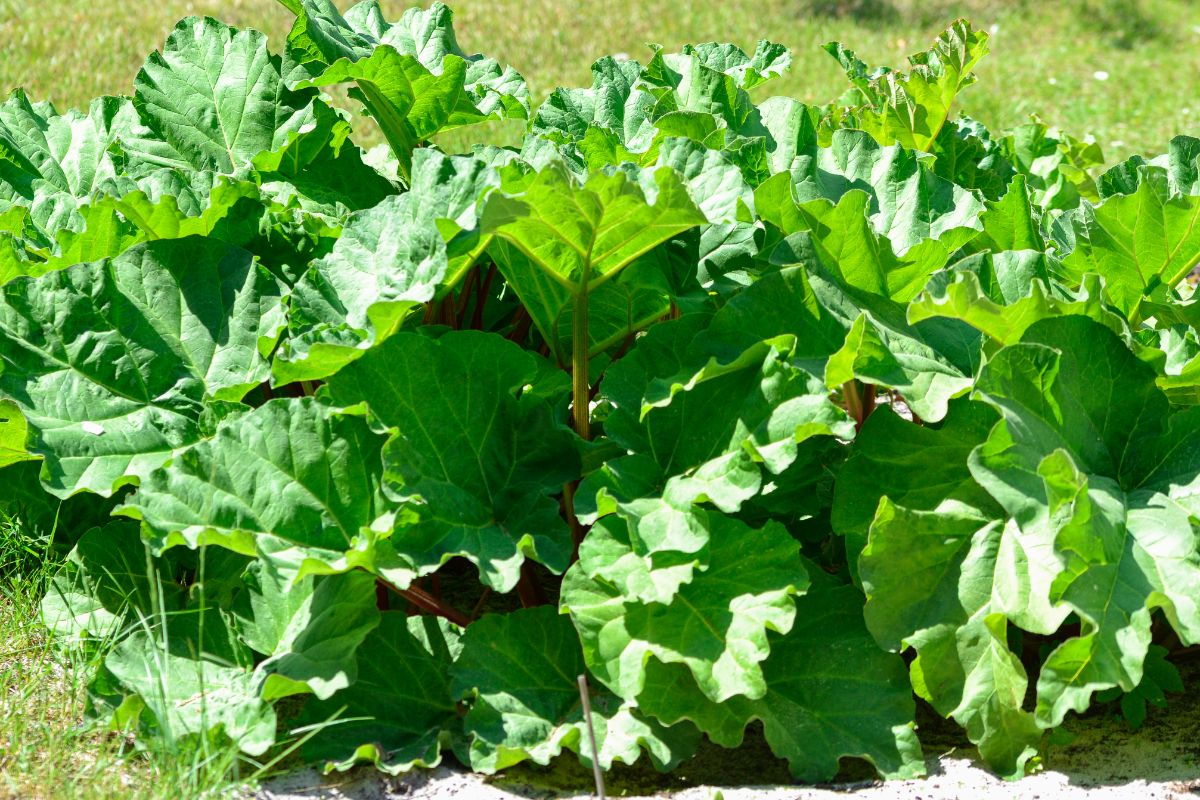
Rhubarb will grow best in full sun. Bright, sunny locations provide the energy needed by this massive plant. Partial shade will do if that is what you have. Your rhubarb may grow slower and not as large.
Soil and water
Rhubarb loves fertile, slightly moist, and well-drained soil. A slightly acidic pH is best. You are right in the money if your soil is in the 6.0-6.8 range.
Rhubarb are heavy feeders and can deplete the soil over time if no amendments are offered. After the leaves and stalks have been removed in the fall, dress the top of the plant and surrounding area with a layer of compost several inches deep but don’t bury the crown.
After initial transplanting, rhubarb should not need supplemental watering unless there is a period of prolonged drought.
Mulching
Rhubarb love to be mulched, and you will love not having to water or weed as often. Mulch with any natural mulch material, and reapply as it decomposes.
Rhubarb FAQs
Deer will usually leave rhubarb alone. The oxalic acid that makes the leaves slightly poisonous to humans also affects deer. That said, they may give the new shoots a nibble in the springtime when there is not much else around, just to do a taste test. However, the plant should recover, and the deer will likely learn to leave it alone.
No. However, some varieties are sweeter than others, so you may have tasted a red stalk that was less sour than a green stalk from a different type. Rhubarb varieties vary in sweetness, texture, color, size, shape, and when they are ready to harvest. Plant several varieties and enjoy them all.
While it can be tempting, resist the temptation to harvest from a plant during the first year.
During the second year, you can enjoy a light harvest. Gather a few of the larger stalks and leave the rest to grow and provide energy to the roots.
During and after the third year, harvest can occur for as long as 6 weeks. Harvest no more than ⅓ of the plant. By early summer, stop harvesting your rhubarb to let it grow and store energy for the following year.
It may seem like a kindness to cut the stalks near the base, but you are better off twisting and pulling them loose. Cutting them leaves the stalk base, which can introduce rot and decay.
Bend over, grab hold, twist, and then pull. Be careful not to end up on your backside–larger stalks can take some effort to break loose.
Remove the leaves and toss them in the compost pile. Don’t eat them!
Rhubarb does flower, and if you want to try saving seeds, you must let a couple of these tall flowers mature. Otherwise, simply snip them off to force the plant to put that energy into the root system.
Yes, you can grow rhubarb in a container. You will need a large pot with good drainage and excellent compost-enhanced potting soil. Select a smaller variety and watch for signs of nutrient deficiency.

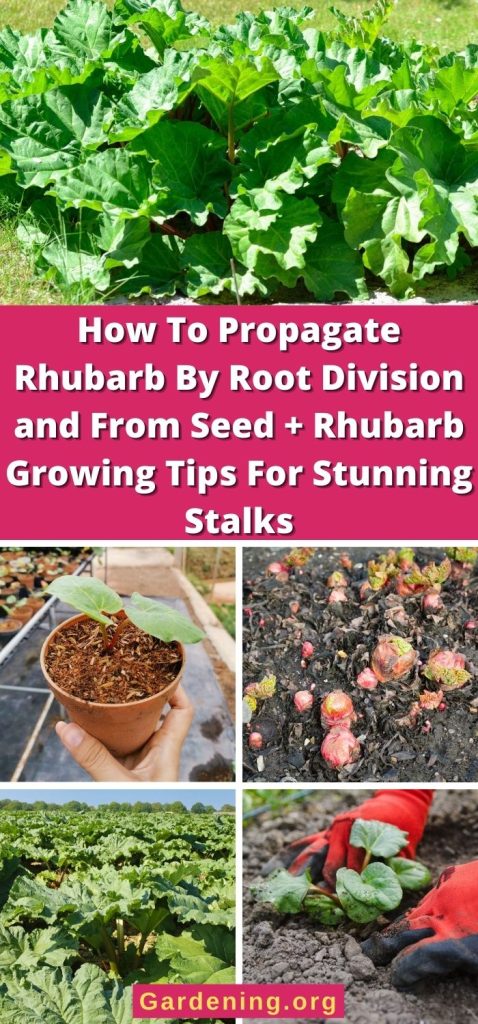

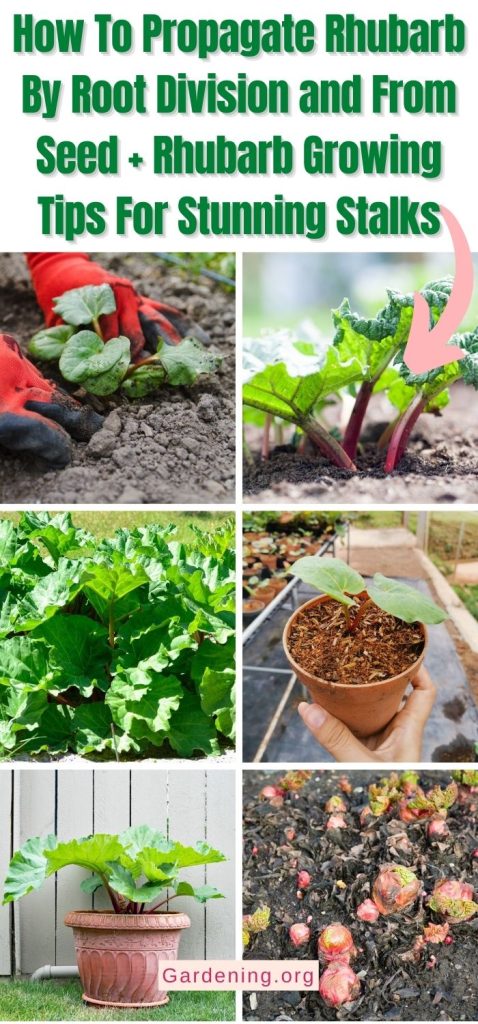
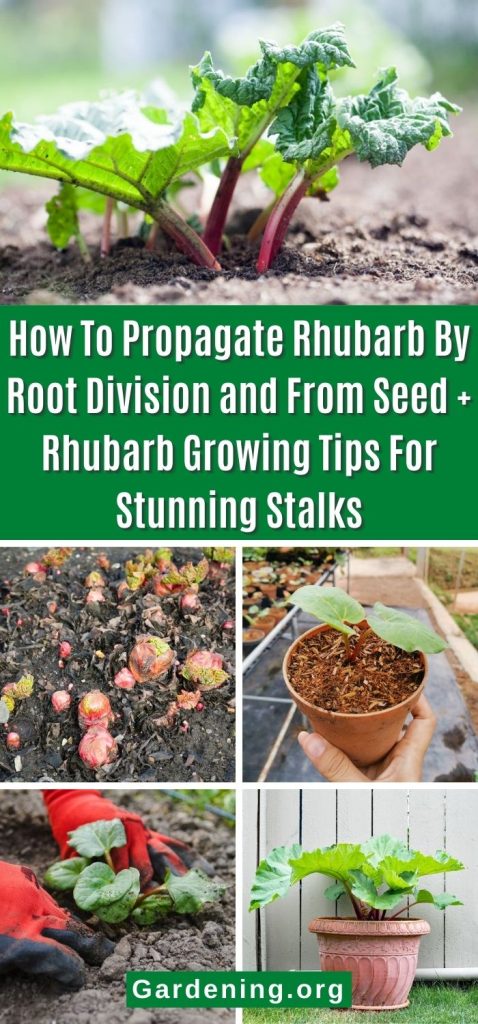
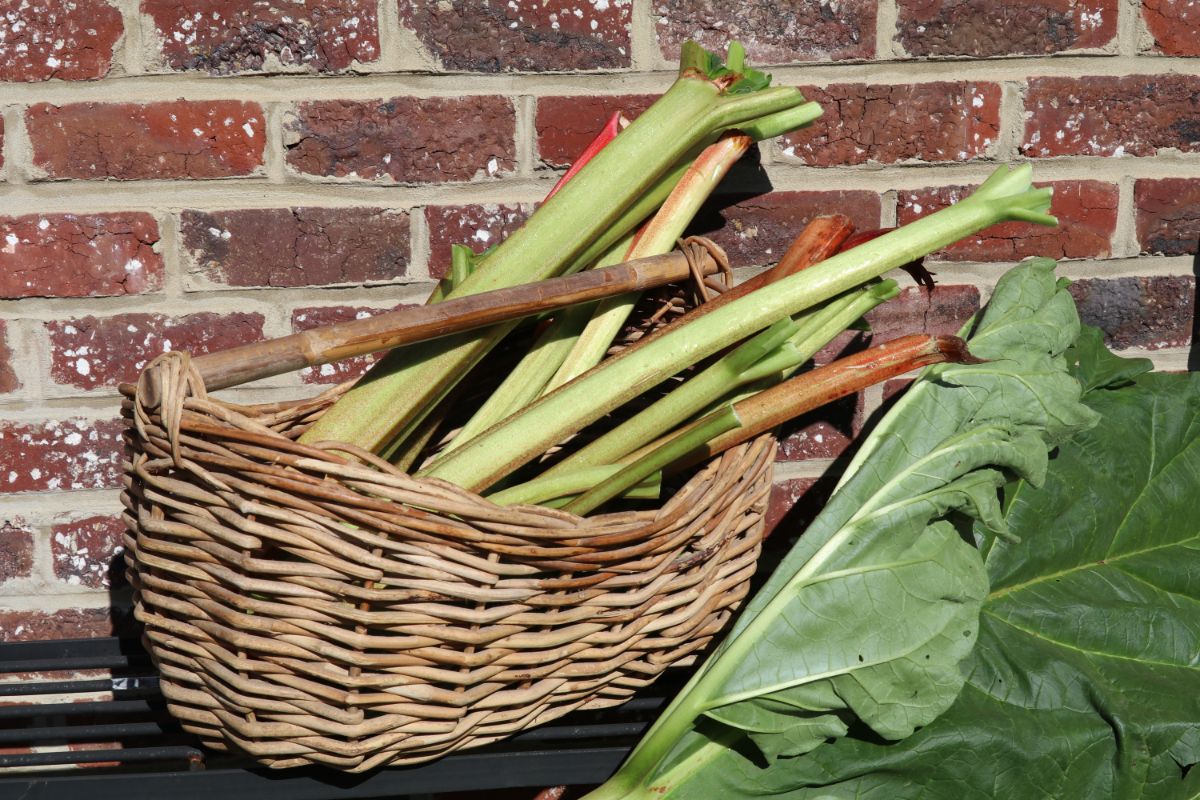
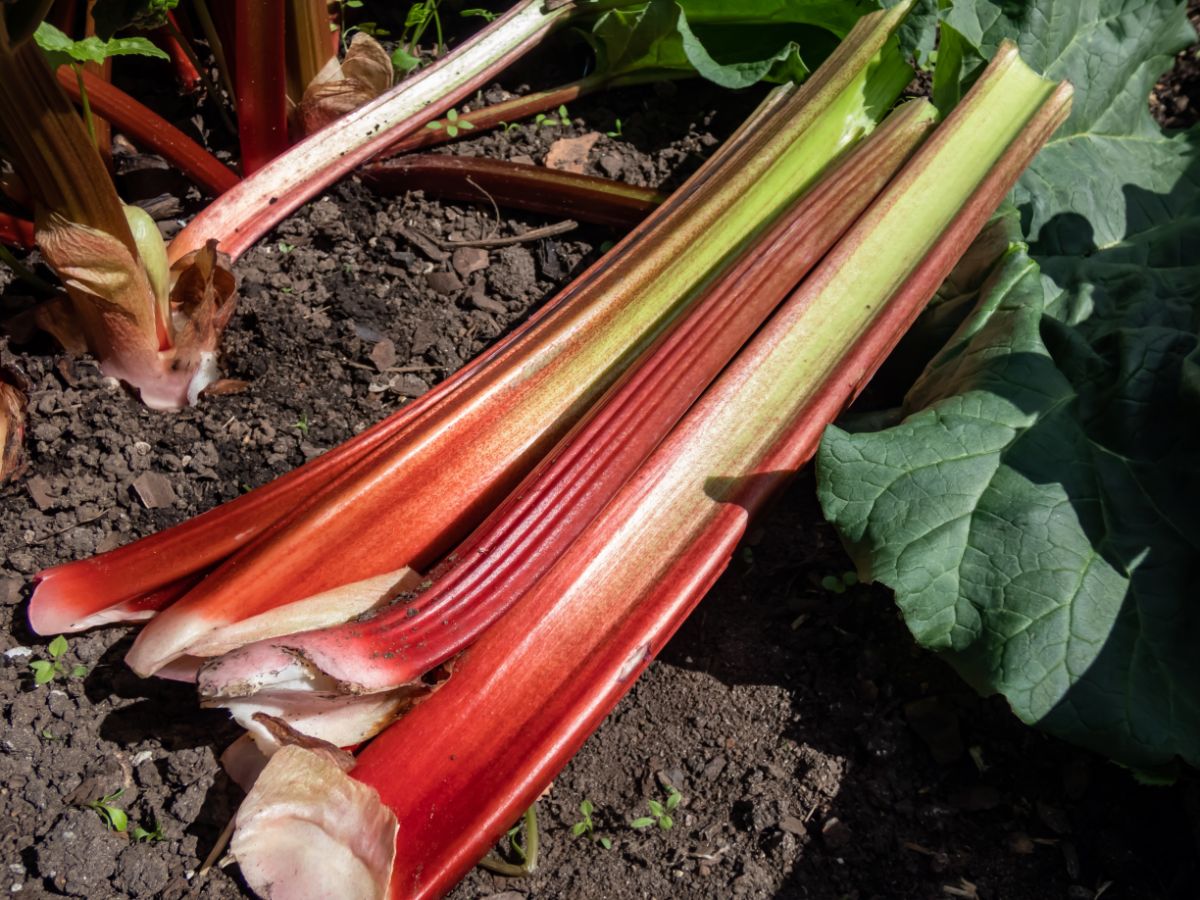

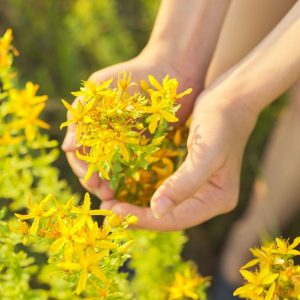
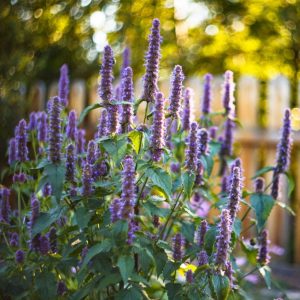
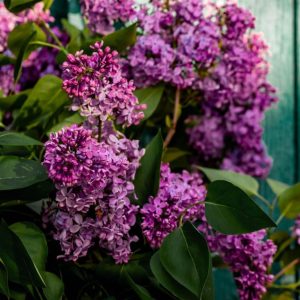
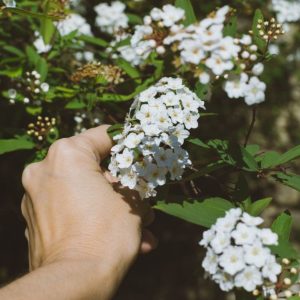
Leave a Reply